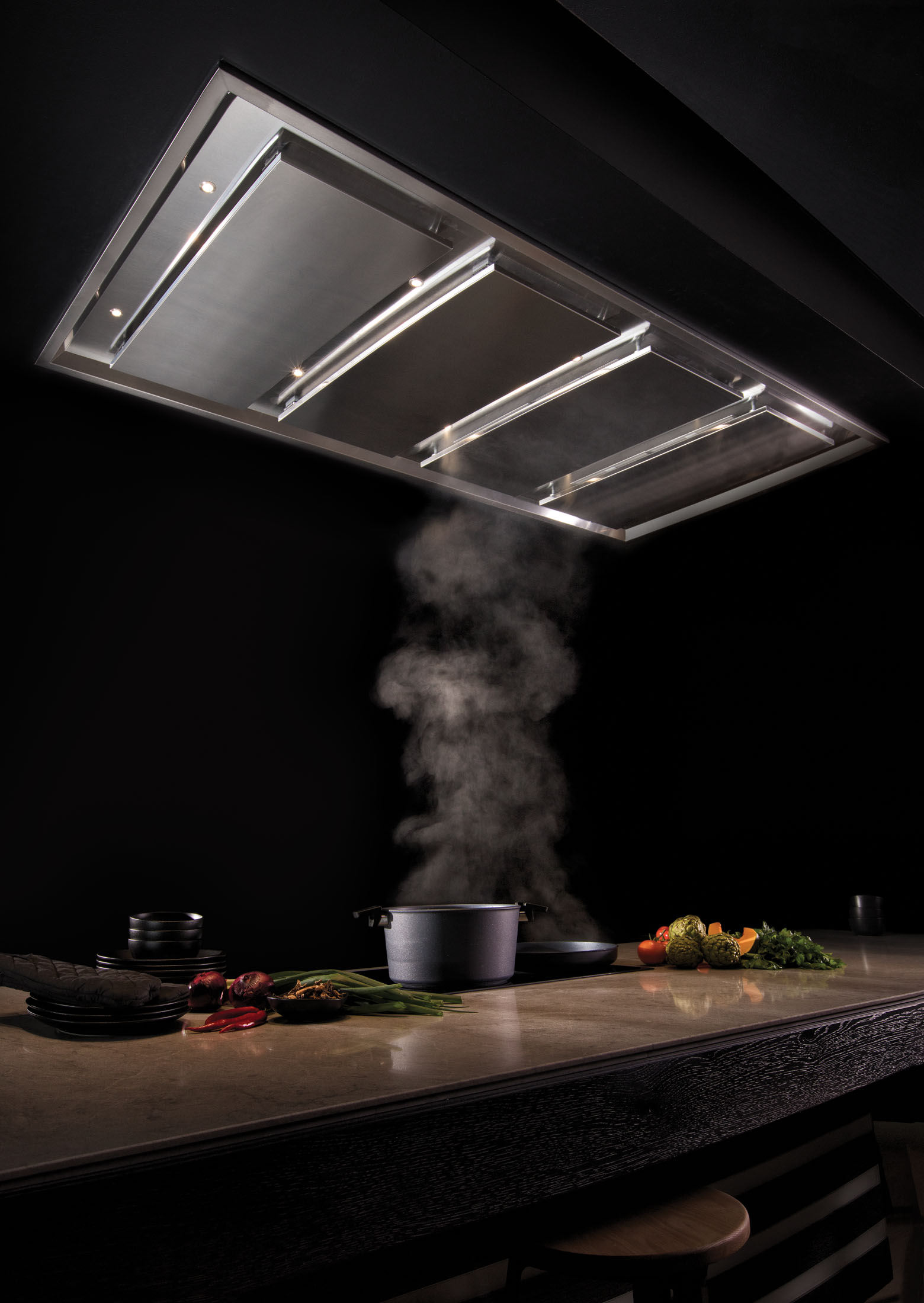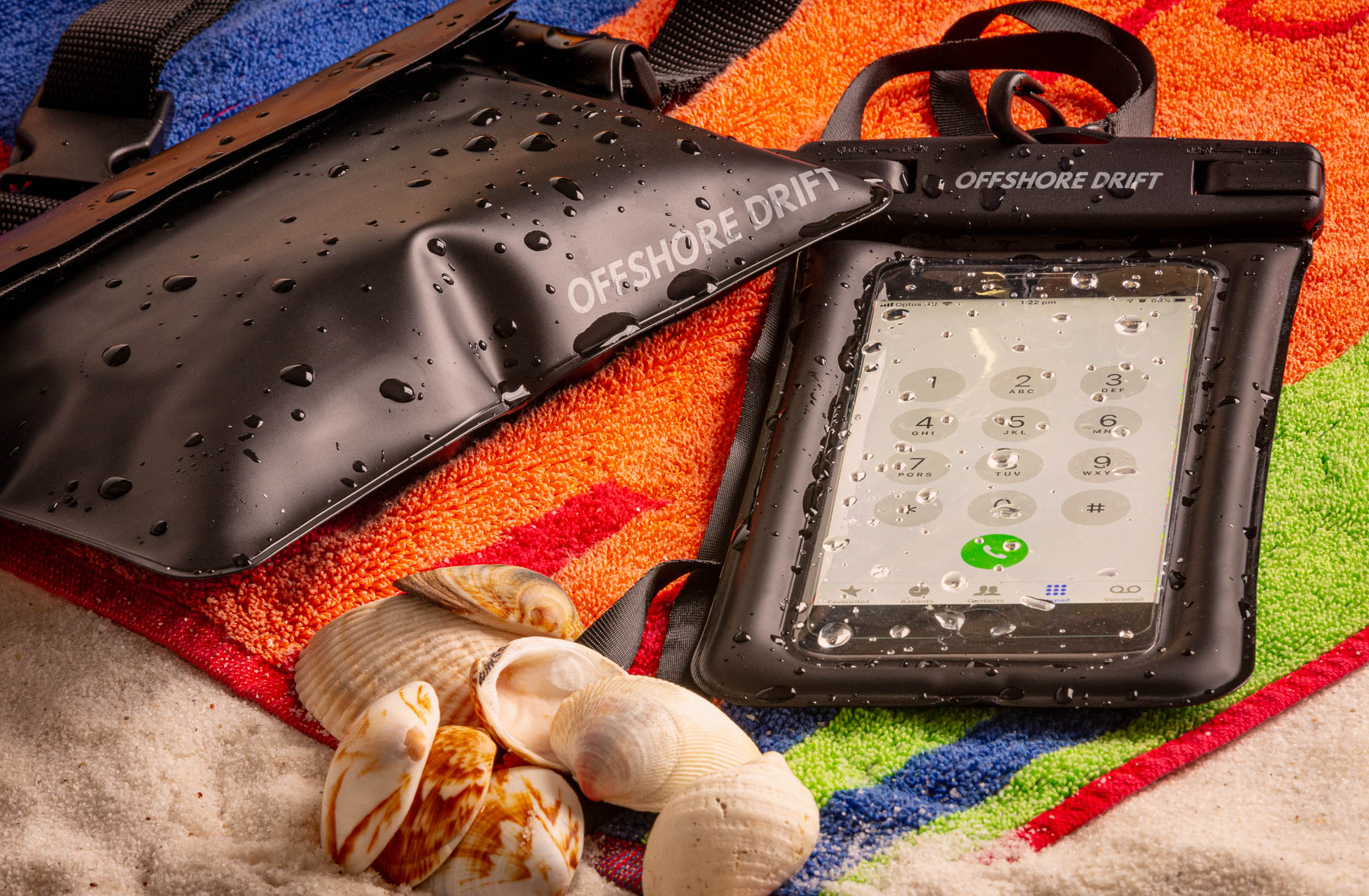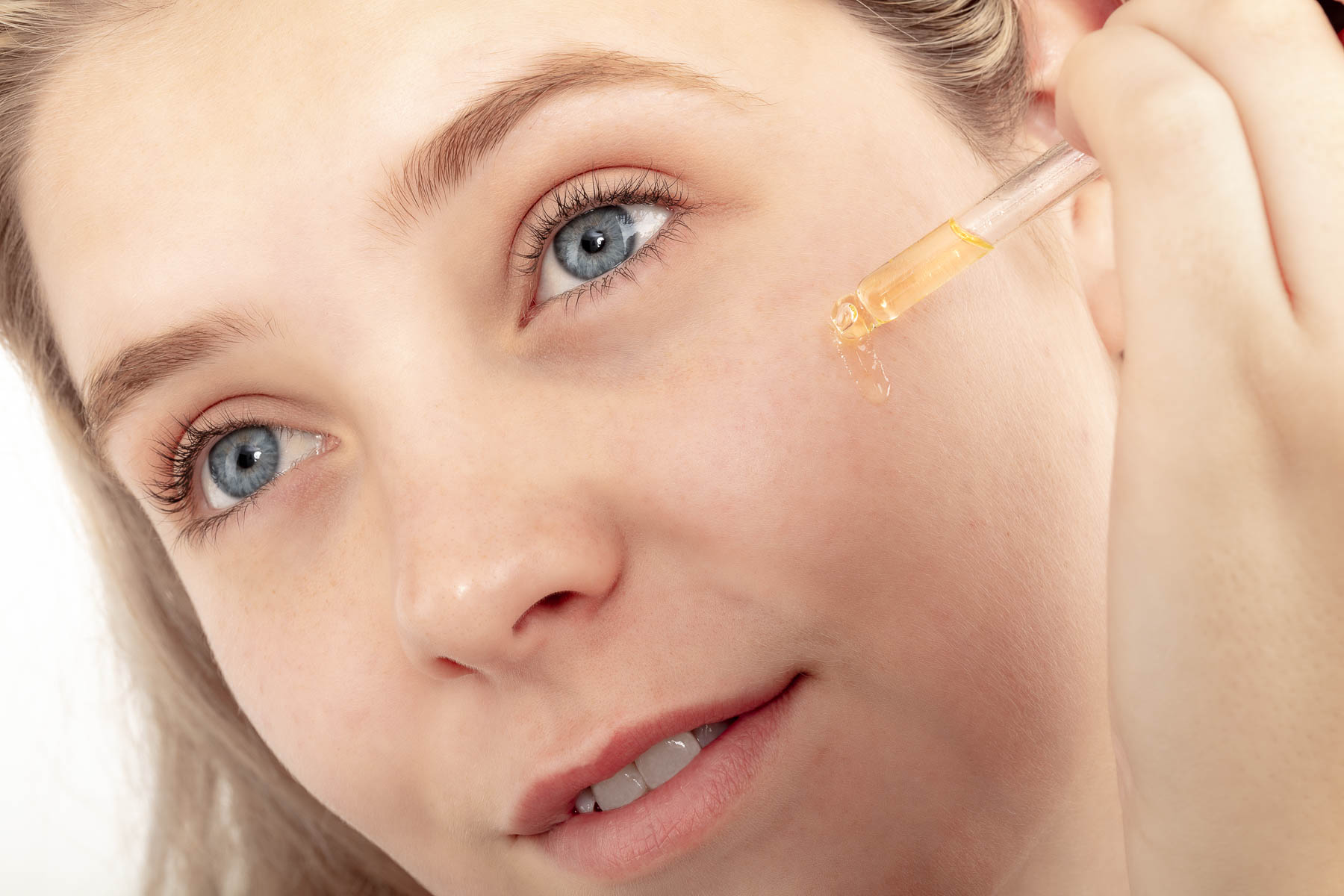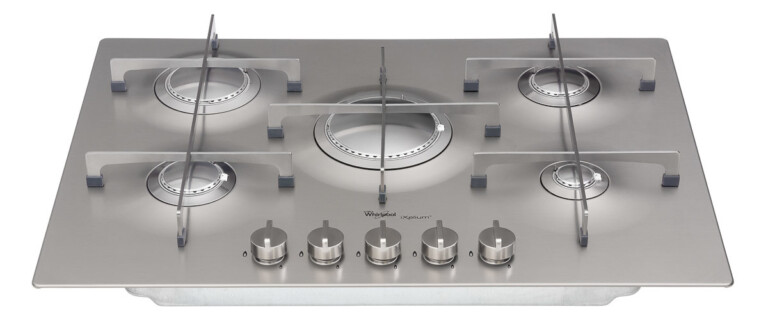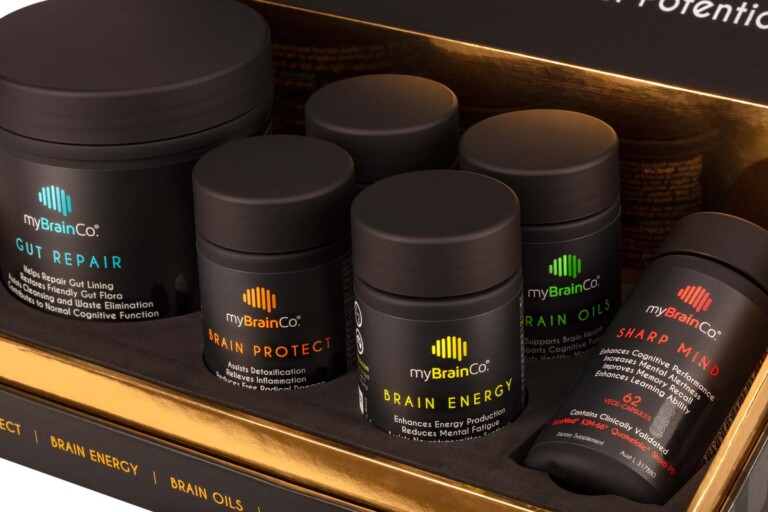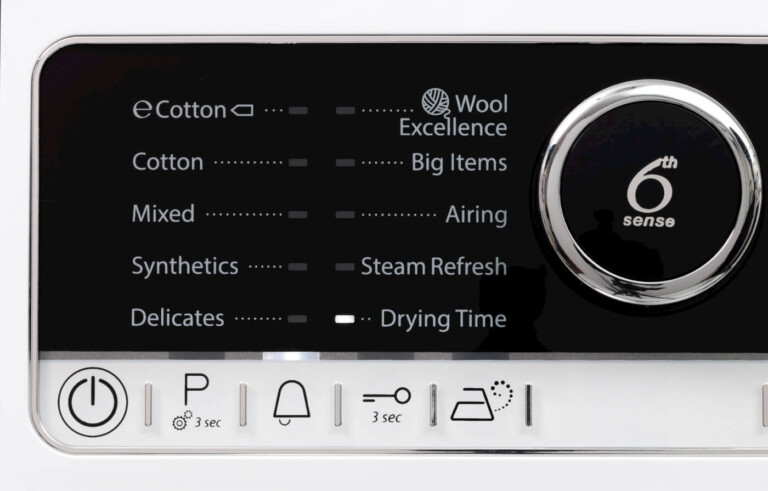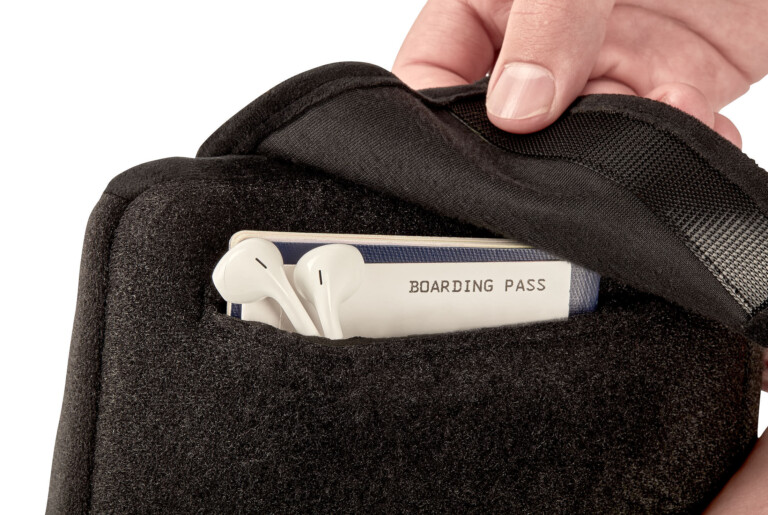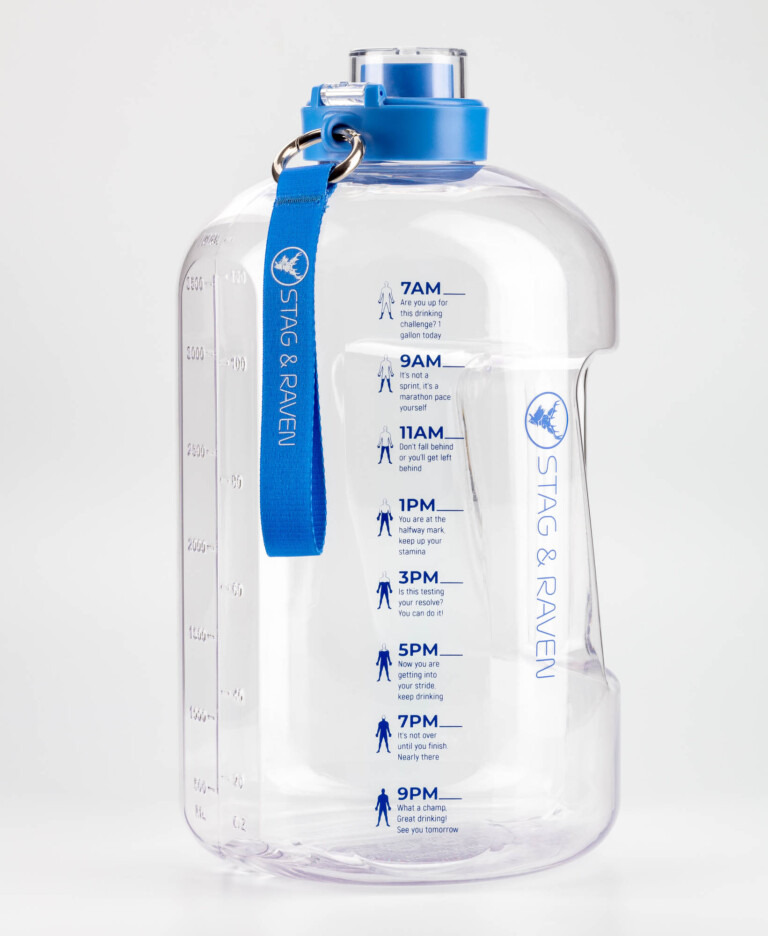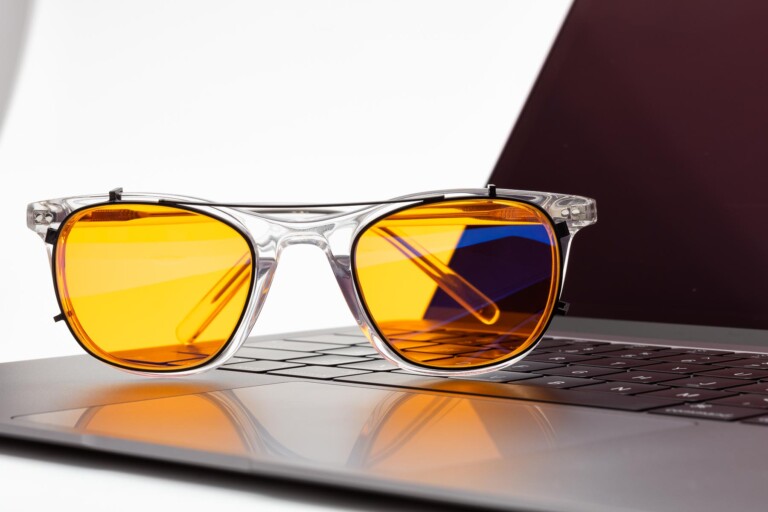Should you use AI and stock photos on your advertising?
The true cost is trust. Is it worth the risk?
Importance of trust:
Breaking trust in your product and brand is the big risk when using fake images, AI or computer-generated images, renders, excessive use of photoshop magic and stock images.
It is very simple. Would you buy something from someone you do not trust? Would you buy something that looks too good to be true or too perfect to be true?
In this article, I would like to explain the issues when using AI and all image enhancements we can have without breaking trust with our clients.
All images in this article were created to clients without using any AI. Click on the images to see them larger.
Real images, real products, real people and real places:
I have more than 2700 images on this site and they are all taken by myself and are real.
They are retouched, and photoshopped but are real. The product has its real size and shape, texture, colour and the amount of details on the images are so good that whoever sees it, believes in it, because they are real.
The amount of fixes, or enhancements we apply on a product photo varies a lot. For most images, we remove dust spots and scratches, remove items such as expiration dates on labels, and make adjustments on the exposure, colour, contrast, saturation and sharpness to show the product in the best light. We often fix natural perspective distortions whenever necessary taking care not to overdo it and create unnaturally shaped objects.
Transparent background and use of AI, computer generated images and stock images:
In many cases, we photograph products and deliver the images with a transparent background. It is a useful technique that helps in composing multiple images together on pamphlets and websites. The problem happens when the photographer or client uses wrong images on the background. The technical work of blending the background and foreground images is not simple and rarelly achieve realistic images.
To be able to blend well two images, it is necessary that both have similar lighting (angle, softness and colour), were taken from an approximately equal angle and lens (apperture/focus area/depth of field). If all these is true, it will still take a reasonable amount of time and technical skills to do it well. Do not think that everything can be fixed in photoshop.
As we talked about transparent background, this is an interesting article that shows how to create total and partial transparency: https://zoomstudio.com.au/transparency-on-glass/
Some photographers tell their clients that it is OK to use stock images as background and place their products over stock images. It is common with photographers who offer “packages” at a very low price. They promise to “place” your product in fantastic places and on the hands of beautiful models and lovely houses. The result, in most cases, is very disappointing. In many cases, the clients do not identify the issues and think that they will impress their buyers and sell well.
One fake, many fakes and what is fake:
The REAL problem is when the buyer believes that part of the image is not real. When this happens, he thinks: “What else is not real?”, “Why have they cheated?”, “Are they trying too much to convince me?”, “Are they lying to me on their text as much as they lied to me with their images?”, “Can I trust this product?”, “Can I trust this company?”.
They may also think that you are running your business on a shoe string. They may think: “Short of advertising money and decided to use stock images instead of running a photoshoot with their product. Do they have money for quality control and after sales support?”
So, I think you now understand some of the risks of trying to impress your buyer with “amazing” but fake AI images and images using stock images as background. In addition to breaking trust with your client, you have another risk.
Perception of professional quality of your brand/company and product.
When you use a low-quality product photo, very often delivered by weekend professional photographers or “great-value photography package” photographers, you risk your brand, company or product being perceived as “non-professional”.
It is very costly for any company to be perceived as “they do it cheaply” and “they accept low quality”.
Does the professionalism shown in your images match the professionalism of your company when dealing with the client, suppliers and everyone?
If your potential buyer identifies that you have cut corners on your images and your site, would they think that you may also have cut corners on the manufacturing, quality control, after-sales support and delivery of your product?
What is the risk of your brand being associated with amateur or low-quality professional images?
You may be a one-person company but if you are perceived as a non-professional/amateur company, you will have difficulties in attracting the right customer.
The core of what I believe and the objective of my business:
Quality images sell more, at better price and improves brand image.
Quality images, quality service and an honest and fair approach to life and work are what I believe.
I think my clients appreciate that I give my opinion on their plans, giving them a fair price for honest work and experience in the creation of the images. My objective is to help them sell more, succeed, be happy with my service and return for more.
Moral considerations on using AI images, copying images from sites and stock images.
Stock images are images purchased or licensed. They represent an honest and morally correct transaction between two parts. One has the copyright of the image and the other pays for the use of the image.
The risk of using stock photos is that they look generic and are found in several places. The introduction of a product on those images rarely looks natural and lacks cohesion between one image and the next.
The AI or computer-generated images are created using text describing the image. It can be based on or inspired by the style of other images. The images are not real and even worse, they may be very similar to someone else’s image. It is generated without any respect for the copyright of the original image and no royalty payment. Is the use of one image or part of an image that may be inspired by another image a copyright infringement?
In all cases, it is at least morally questionable the use someone else’s image being copied from another site (steal) or artificially created image (AI) without giving credit to the author.
AI images are fake. Using someone’s image is stealing. Using stock images is cheap. I suggest to stay away for all 3.
Conclusion, better practice and alternatives:
The advertising world has always included unreal images of models super thin that were heavily photoshopped, skins brighter than normal, sizes larger than normal and so on. It does not make it correct or good for you.
I believe you can be creative by adding colour, background, props and even places that complement the product lifestyle, and show its features and results well without the need to be dishonest with your client.
Contact us, comment and share this page.
Top pages
Photography Services
See all our photography services
Commercial Photography
Photos on your business - Show what you do
Video Services
Video of your products, business, training and more
Portfolio
Photos we are proud of for your reference
Latest jobs and articles
Read articles about some of our jobs
Find out more about our services
Printing on fine art paper
Giclee print - Multiple paper options




